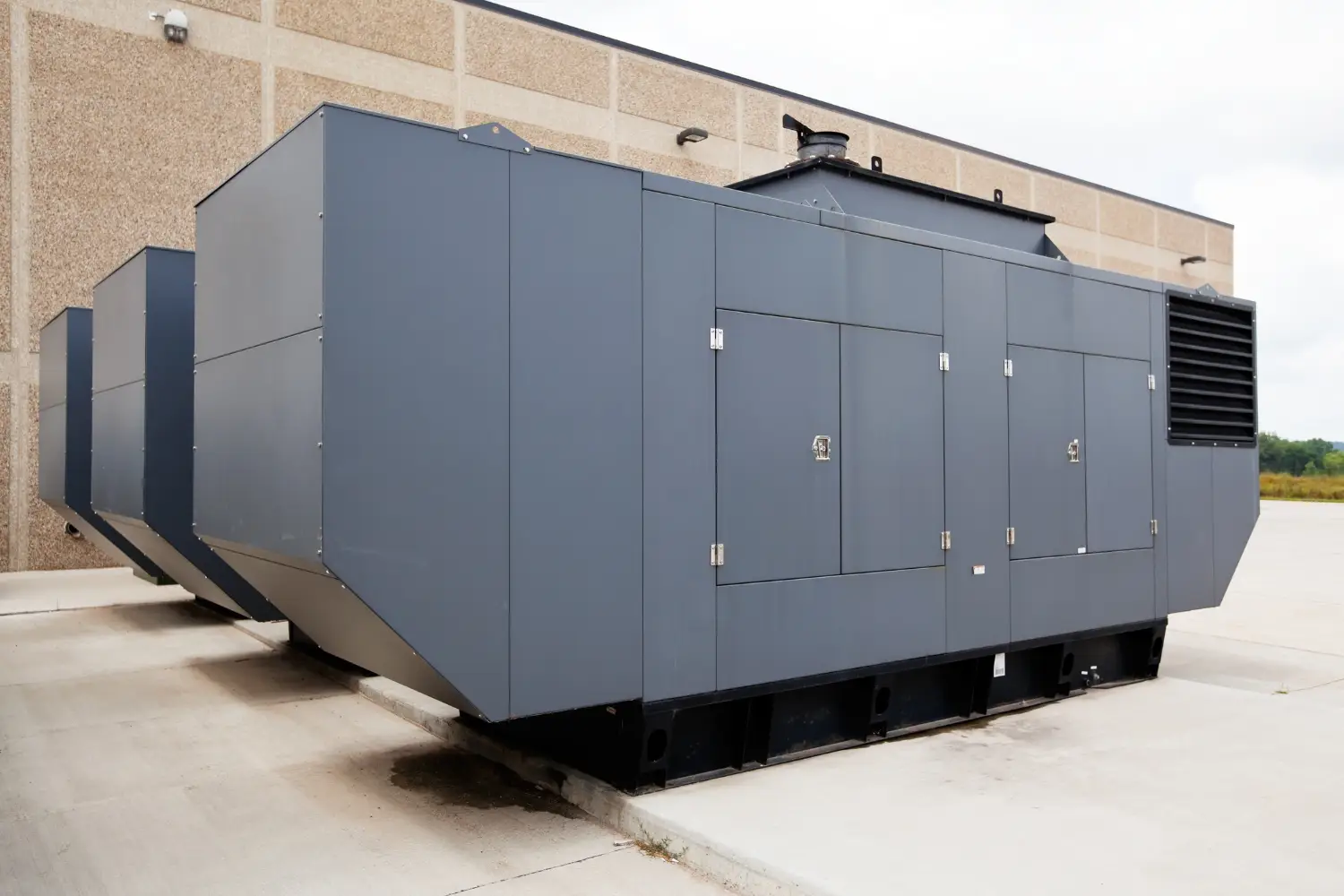Cómo dimensionar la demanda energética de su empresa
Sizing energy demand is a technical process that determines the amount of electricity needed to support all business operations safely and efficiently. It is a strategic assessment that directly impacts electrical infrastructure performance, operational cost control, and expansion feasibility.
Skipping this step can lead to undersizing—causing overloads and failures—or oversizing, which unnecessarily increases installation and operating costs.
What is energy demand?
It is the sum of active and reactive electrical loads required by the company at different times of operation. The calculation considers:
- Rated power of equipment (W);
- Average daily usage hours;
- Monthly usage frequency;
- Demand factor (simultaneity factor);
Basic formula for consumption:
kWh = (Power × Hours/day × Days/month) ÷ 1,000
Additionally, it’s essential to calculate apparent power (kVA), which reflects the actual capacity required from the infrastructure. For this, use:
kVA² = kW² + kVAr²
This analysis allows for designing the electrical system considering not only average consumption but also load peaks and electrical losses.
Why size correctly?
Prevents overloads and technical failures: poorly sized grids suffer from short circuits, outages, and equipment damage.
- Reduces operational costs: allows identification and elimination of waste.
- Ensures compliance with standards (e.g., NBR 5410) and avoids fines.
- Supports strategic decisions: such as acquiring generators, hybrid systems (generators + solar), and grid expansion.
- Improves operational predictability: with accurate data for simulations and risk management.
Steps for energy demand sizing
- Load survey
Map all consuming devices, including intermittent equipment and different sectors. Record power, average usage time, and operational profile. - Calculate individual and total consumption (kWh)
Apply the monthly consumption formula and identify major consumers to prioritize efficiency investments. - Simultaneous demand analysis and kVA calculation
Actual demand depends on how many devices operate simultaneously. Applying the demand factor adjusts theoretical values to reality. Inductive equipment requires special attention to reactive power. - Include safety margin (20% to 30%)
Compensates for peak loads, seasonal variations, and possible expansion. The margin is essential for proper generator and transformer specification.
The importance of kVA
Unlike kW (useful power), kVA represents total power supply capacity, accounting for losses and reactives. This metric is critical for three-phase systems, generators, and inductive loads.
A generator sized only based on kW may fail under peak loads or low energy efficiency.
Transformer, UPS, and capacitor bank selection depends directly on kVA and the power factor.
Factors influencing demand
- Operation profile: companies with continuous shifts consume more than occasional operations.
- Equipment used: high-power machinery and HVAC systems have major impact.
- Energy efficiency: certified devices consume less while delivering the same results.
- Planned growth: expected expansion must be included in the calculation.
- Climate and seasonality: increase use of cooling and ventilation systems.
- Power factor: low power factor incurs penalties and requires correction.
Technologies that optimize sizing
- EMS (Energy Management Systems): monitor real-time consumption, detect peaks, and suggest AI-based corrective actions.
- Smart meters and energy analyzers: collect detailed data on voltage, current, harmonics, and power factor.
- Specialized consultancies: perform inspections, diagnostics, simulations, and offer tailored solutions such as reactive correction and tariff changes.
- Strategies to reduce demand and increase efficiency
- Review electrical installation: updating cables, panels, and connections reduces invisible losses and improves performance.
- Replace outdated equipment: obsolete motors and systems have low energy efficiency and higher consumption.
- Automate processes: sensors, scheduling, and embedded intelligence reduce unnecessary usage.
- Engage employees: conscious habits (like turning off idle equipment) generate savings with no investment.
When to consider energy generators?
Businesses that cannot afford downtime—such as hospitals, supermarkets, data centers, agriculture, among others—should include generators in their energy plan. Specification should consider:
- Power in kVA;
- Power factor;
- Type of load (reactive or resistive);
- Duration and frequency of use;
- Location and installation conditions;
Well-sized generators avoid operational losses and ensure stability in case of grid failures.
Discover our products.





